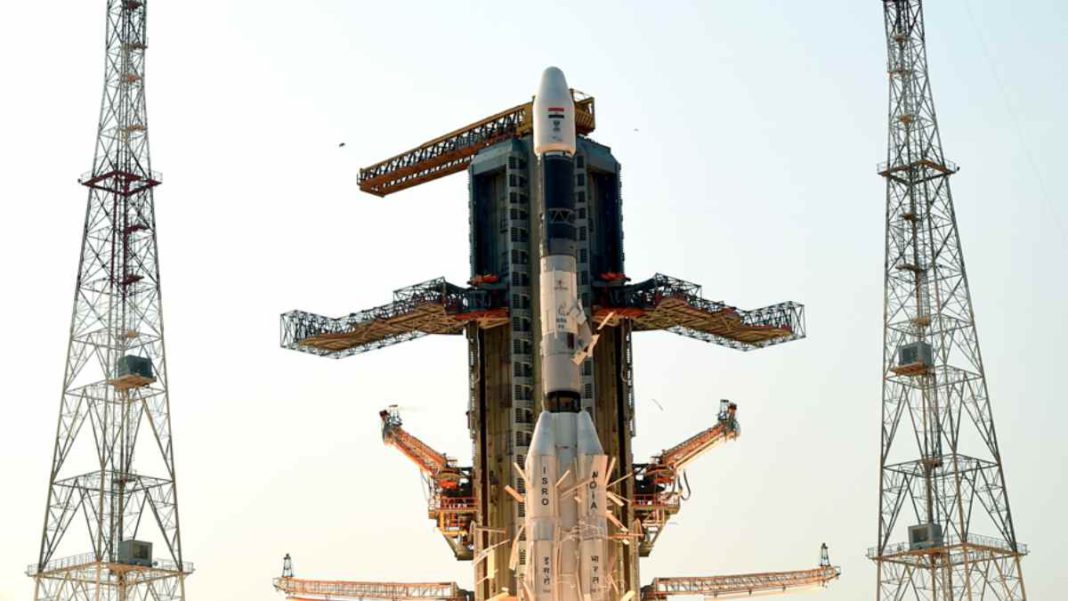INDIA: India’s remarkable journey into space exploration is set to reach a pivotal moment with the upcoming Chandrayaan-3 mission, poised for a soft landing on the lunar surface on August 23, 2023.
As we anticipate this groundbreaking achievement, let us journey back to 2008, when India made history by deliberately crashing its spacecraft onto the Moon as part of the Chandrayaan-1 mission.
Launched on October 22, 2008, the Chandrayaan mission marked a significant milestone for India’s space program. Prior to this, only a handful of nations—the United States, Russia, Europe, and Japan—had embarked on lunar missions. India’s ambitious endeavor aimed to not only explore the Moon but also contribute invaluable insights to the scientific community.
Central to the Chandrayaan-1 mission was the Moon Impact Probe, a 32-kilogram device designed to make a controlled crash landing on the lunar surface.
On the night of November 17, 2008, engineers at the Indian Space Research Organisation (ISRO) control room took a bold step by jettisoning the probe from a height of 100 kilometers above the Moon’s surface.
As the probe descended, its spin-up rockets guided its path, ensuring a controlled impact. Packed within its compact frame were three crucial instruments: a video imaging system, a radar altimeter, and a mass spectrometer. The video imaging system’s purpose was to capture and transmit photographs of the Moon’s surface back to India.
The radar altimeter, on the other hand, tracked the probe’s descent rate, yielding vital topographical data. Lastly, the mass spectrometer analyzed the lunar atmosphere, contributing to a deeper understanding of its composition.
Approximately 25 minutes after deployment, the Moon Impact Probe achieved its mission with a successful hard landing on the Moon’s surface. This landmark event not only marked the first detection of water on the lunar surface but also showcased India’s capabilities in executing complex space missions.
The legacy of this deliberate lunar crash continues to reverberate. The data collected from the Moon Impact Probe’s instruments laid the foundation for subsequent missions, including Chandrayaan-2 and the imminent Chandrayaan-3.
These missions are not only a testament to India’s technical prowess but also a reminder of the significance of early exploration missions in shaping future scientific endeavors.
As we anticipate the Chandrayaan-3 mission’s soft landing, scheduled for August 23, 2023, the deliberate crash of Chandrayaan-1’s Moon Impact Probe stands as a shining example of India’s contributions to lunar exploration and scientific discovery.
From water detection to the formation of future missions, this pivotal event remains an integral part of India’s journey into the final frontier. On the night of November 14, 2008, the Tiranga—the Indian tricolor flag—was planted on the Moon’s surface by the probe, symbolizing India’s indelible mark on lunar history.
As Chandrayaan-3 inches closer to its momentous soft landing, we reflect on the audacious steps taken in the past that continue to propel India’s space aspirations forward.
Also Read: Chandrayaan-3 Completes Final Lunar Orbital Move; All Eyes on August 23



